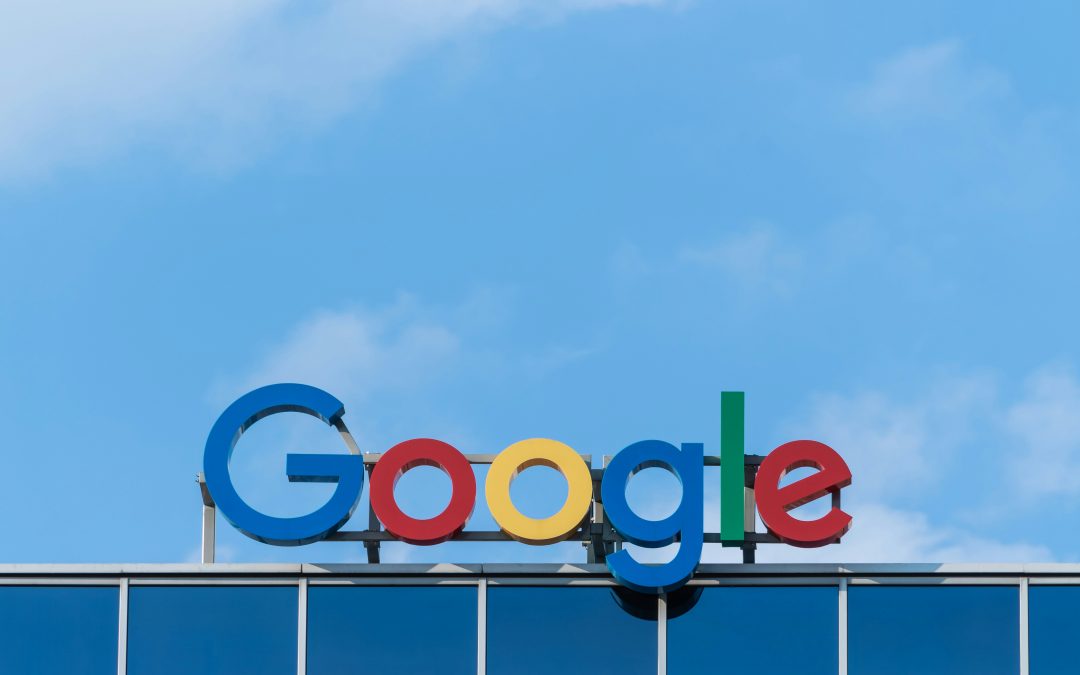Google has rolled out Lighthouse 13, streamlining its auditing system to match Chrome DevTools’ new insight-based model. The update removes outdated checks, merges several audits into clearer insights, and leaves performance scores untouched.
Key changes include:
- Performance scores remain unchanged.
- Legacy and low-value audits have been removed.
- Non-scored audits are now presented as insight-driven diagnostics.
The latest version is already available through npm and Chrome Canary and will be integrated into PageSpeed Insights within a week, followed by Chrome’s stable release in version 143.
Lighthouse 13 Details
Audit Consolidation
Lighthouse 13 introduces a major revamp by replacing many older audits with new “insights” that align with Chrome DevTools.
Key updates include:
- CLS and Layout: The old layout-shifts audit is now cls-culprits-insight, offering clearer visibility into layout shift causes.
- Server and Network: The new document-latency-insight combines checks for redirects, server response times, and text compression.
- Images: image-delivery-insight now covers areas once handled by multiple audits such as modern formats, optimisation, responsiveness, and animated content.
- LCP: Two new insights, lcp-discovery-insight and lcp-phases-insight, provide deeper analysis of Largest Contentful Paint. Interaction issues are now handled through interaction-to-next-paint-insight (INP).
- Third-Party Scripts: third-parties-insight replaces the previous summary, offering more detailed reporting on the effect of external scripts.
Other updates focus on improving how Lighthouse evaluates DOM size, duplicated JavaScript, font display, legacy code, HTTPS use, caching, and viewport settings.
Audits Removed Without Replacements
Several outdated or low-impact audits have been completely removed due to limited value or high processing cost. These include:
first-meaningful-paint, font-size, offscreen-images, preload-fonts, uses-rel-preload, no-document-write, uses-passive-event-listeners, and third-party-facades.
Minor Adjustments
Google retained non-composited-animations and unsized-images as separate diagnostics since they can still help identify performance issues unrelated to layout shifts. Meanwhile, font-size and preload-fonts have now been fully removed despite not appearing in earlier removal lists.
Why This Matters
If you use Lighthouse for client reports, expect fewer line items and more combined insights aligned with DevTools.
Scores should remain the same, but automation using audit IDs must adapt to new insight identifiers.
Google has also removed the font-size audit, noting it’s no longer an SEO signal, though still relevant for user experience.
Looking Ahead
Lighthouse and DevTools will now follow the same insight model.
To keep reports accurate, start mapping old audit IDs to the new insights to prevent dashboard issues once PSI updates.
More Digital Marketing BLOGS here:
Local SEO 2024 – How To Get More Local Business Calls
3 Strategies To Grow Your Business
Is Google Effective for Lead Generation?
How To Get More Customers On Facebook Without Spending Money
How Do I Get Clients Fast On Facebook?
How Do You Use Retargeting In Marketing?
How To Get Clients From Facebook Groups
